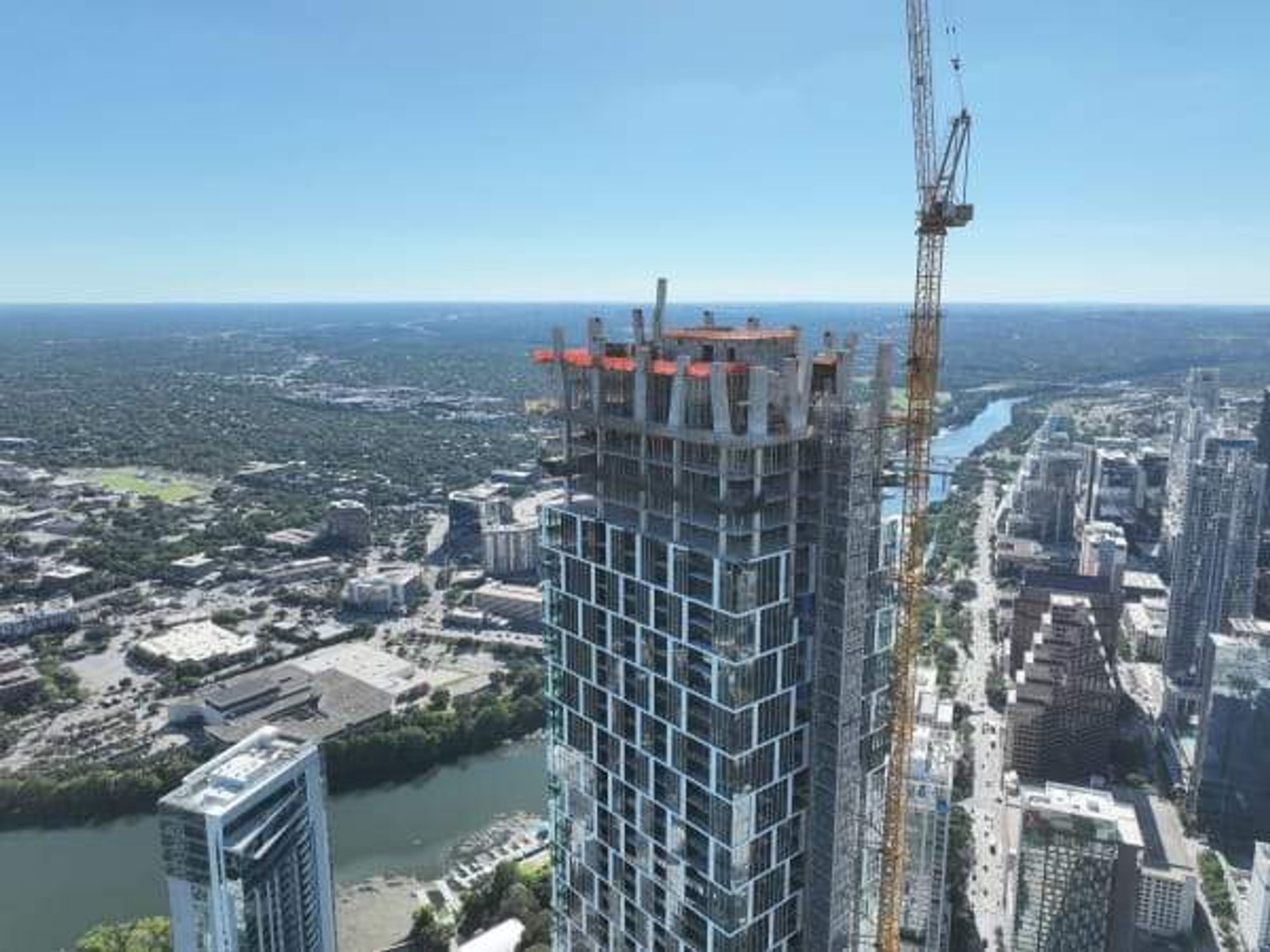Demographic swing
Austin population growth slows as suburbs continue to boom, says report

This year could be the last year in your lifetime that the city of Austin’s population climbs by more than 2 percent. However, the same cannot be said of the city's suburbs.
New projections from the Austin Housing and Planning Department envision the city’s population will be 1,026,833 on April 1, up 2 percent from the same point in 2020. But the projections further indicate population growth of less than 2 percent a year through 2050. From 2022 through 2026, for instance, the forecast points to annual population growth of anywhere from 1.25 percent to 1.45 percent in the city.
From 2006 to 2017, the city’s annual population increases ranged from its lowest (2.1 percent in 2008) to its highest (3.13 percent just a year later in 2009), according to the Housing and Planning Department. The City of Austin measures population growth from April of one year to April of the next year.
Despite the influx of new companies moving into Austin, the department actually expects the Austin metro area’s population to rise 2.8 percent in 2021 (to 2,363,245 as of April 1), down from the 3.05 percent in 2020. Moving forward, the population is predicted to climb anywhere from 2 percent to 2.75 percent through 2050.
In recent years, suburban population growth has exceeded urban population growth in the region as high costs inside the Austin city limits have pushed away some renters and homebuyers. From 2010 to 2019, Cedar Park (44.2 percent) and Round Rock (33.3 percent) ranked among the 15 fastest-growing large cities in the country, according to the U.S. Census Bureau.
“I think we’ve seen suburbs surge because the price of closer-in housing has vaulted out of reach for many relocating to the area,” says Vaike O’Grady, regional director in Austin for housing data provider Zonda. “While everyone wants to live ‘in Austin,’ sometimes Pflugerville or Buda is close enough. And there’s much more mid-priced housing stock there.”
It's a trend likely to continue as Austin-Round Rock metro area continues to draw new residents thanks in large part to the robust economy, buoyed by high-profile projects like the new $1 billion Apple campus and the new $1.1 billion Tesla factory.
Data released January 26 by the Austin Chamber of Commerce shows the region ranks third among U.S. metro areas that have lost the fewest jobs during the COVID-19 pandemic, behind Salt Lake City and Indianapolis. The Austin area’s unemployment stood at 5.1 percent in December.
“Austin leads Texas in economic resilience. Austin is building back better and meeting our biggest challenges head-on. Our strong local economy, quality of life, and creative culture continue to attract families and jobs,” Austin Mayor Steve Adler says in a February 1 statement.

 Lots of people want to live in Leander. Leander Parks & Recreation/Facebook
Lots of people want to live in Leander. Leander Parks & Recreation/Facebook